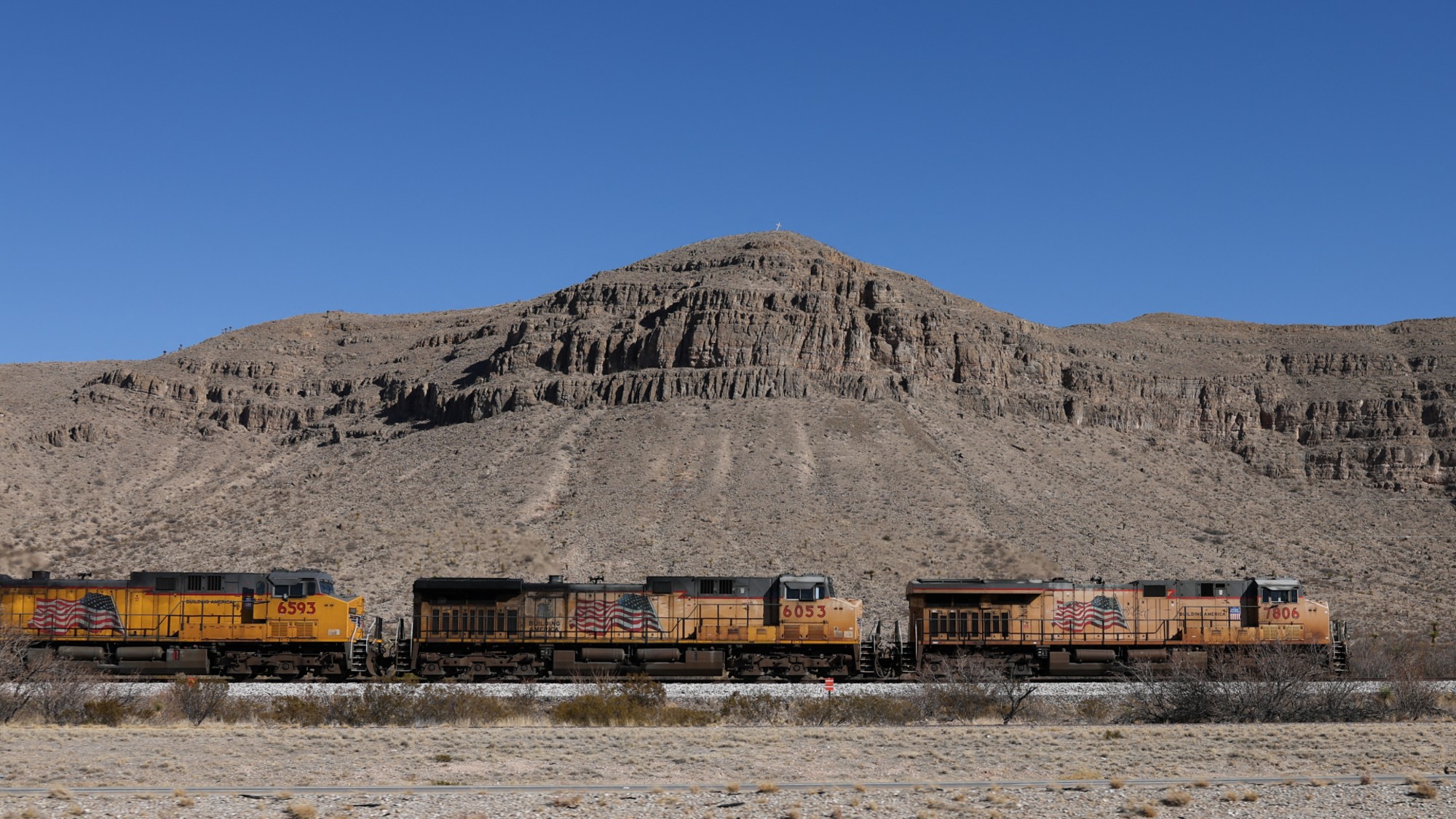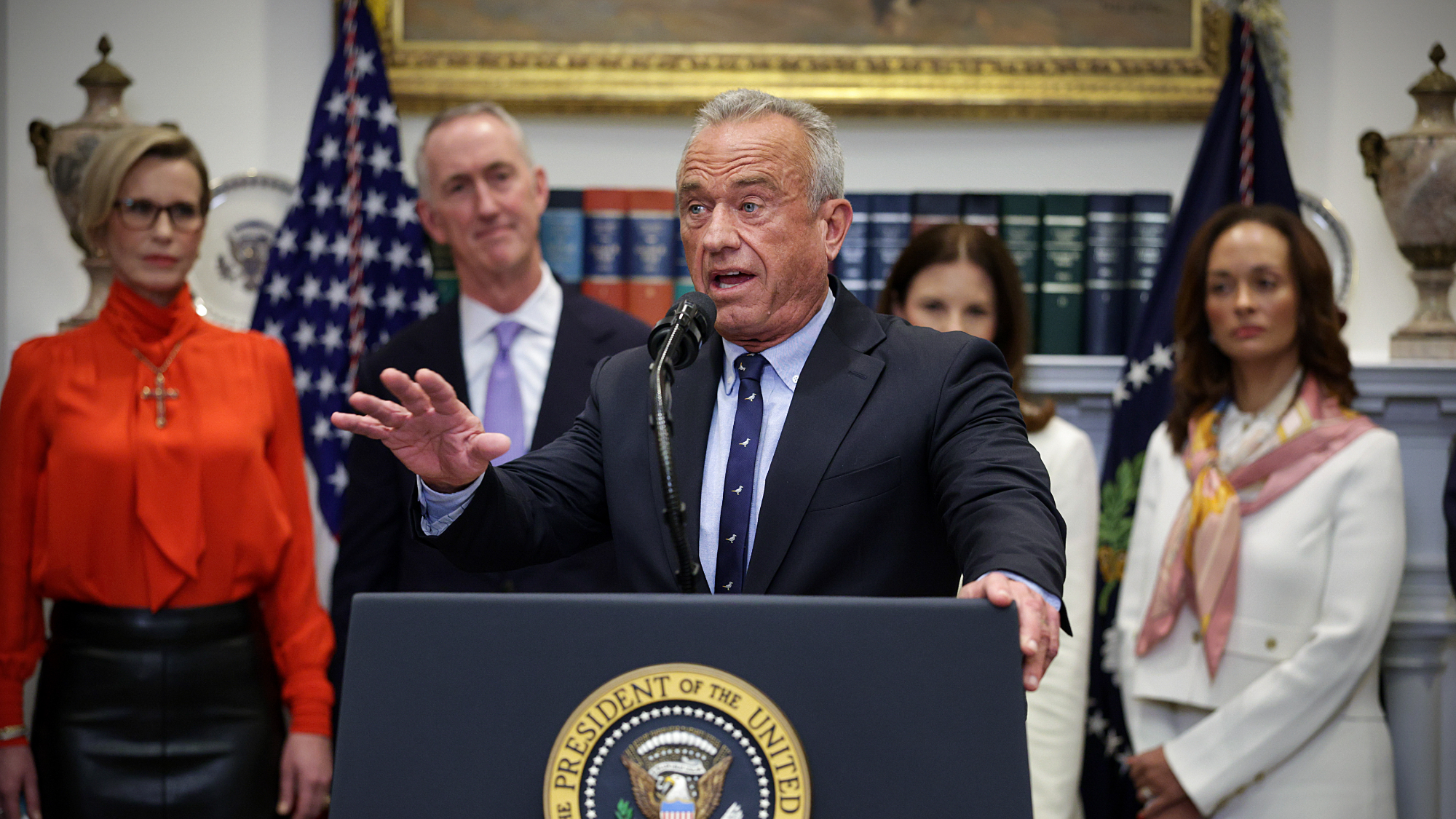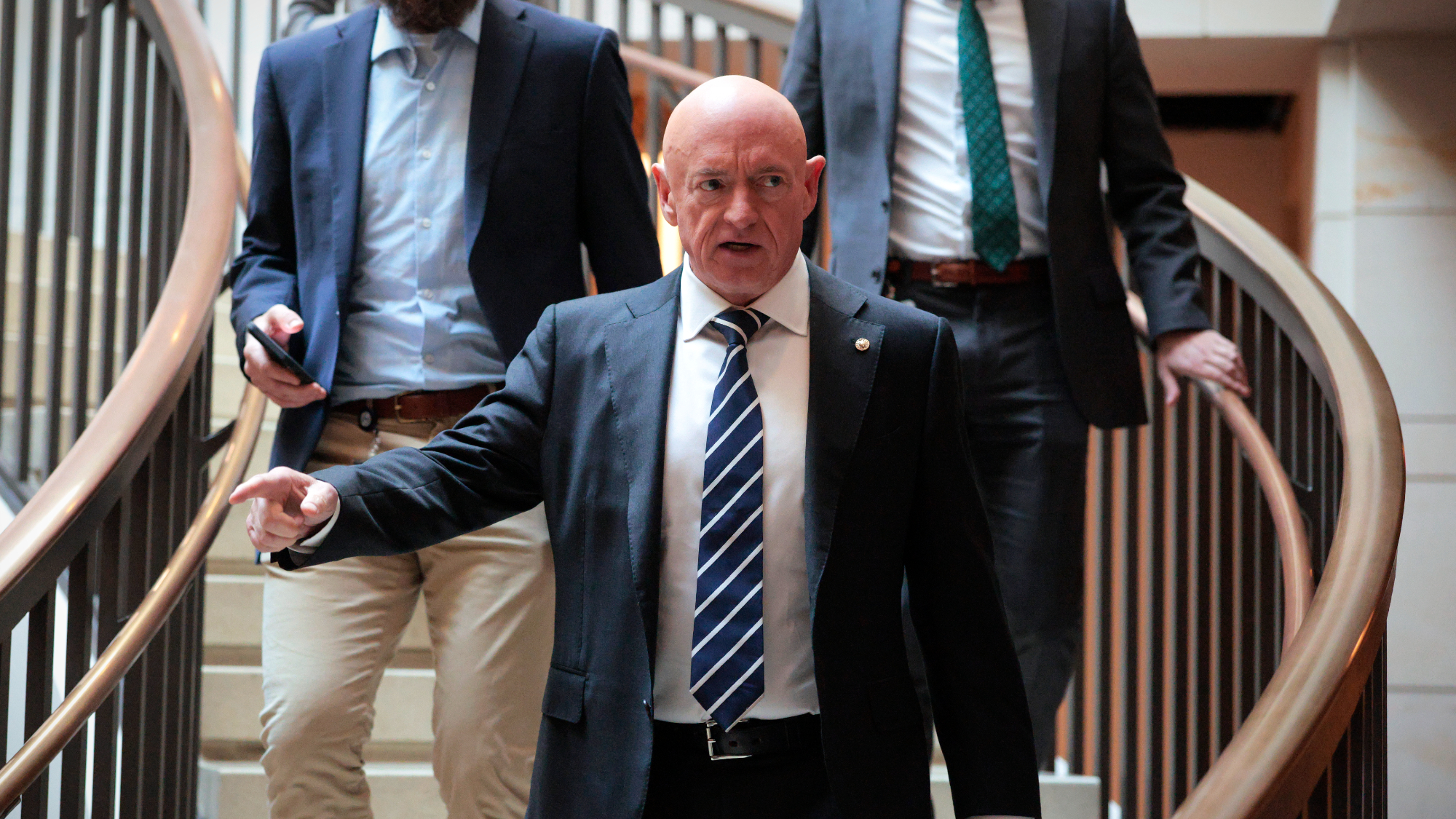Business columns: Why the stimulus fell short
It’s wrong to say that the stimulus failed completely, but we need to learn our lesson about “which policies work and which don’t,” said Michael Grabell at The New York Times.
Michael Grabell
The New York Times
Sure, the government can create jobs, said Michael Grabell. “It just doesn’t often do it well.” That’s my takeaway from three years of reporting on the $840 billion stimulus plan. The program has undoubtedly done “a lot of good” since its launch in 2009: It’s a key reason we don’t have double-digit unemployment today. But we might have also had a strong recovery if funds had been targeted to projects with “the most bang for the buck” instead of scattered far and wide. Billions of stimulus dollars remained unspent for years because so-called “shovel-ready” projects weren’t actually ready, or because bureaucracies held projects up. Some worthy projects were rushed for no reason, leading to shoddy results. Success came when “the government could immediately send billions of dollars to contractors who were already in place for a project that had well-established plans,” such as nuclear cleanup at the Savannah River Site in South Carolina. Cash for Clunkers also took off, jump-starting the auto industry. So it’s wrong to say that the stimulus failed completely. But we need to learn our lesson about “which policies work and which don’t.”
The Week
Escape your echo chamber. Get the facts behind the news, plus analysis from multiple perspectives.

Sign up for The Week's Free Newsletters
From our morning news briefing to a weekly Good News Newsletter, get the best of The Week delivered directly to your inbox.
From our morning news briefing to a weekly Good News Newsletter, get the best of The Week delivered directly to your inbox.
A free daily email with the biggest news stories of the day – and the best features from TheWeek.com
-
 ‘If regulators nix the rail merger, supply chain inefficiency will persist’
‘If regulators nix the rail merger, supply chain inefficiency will persist’Instant Opinion Opinion, comment and editorials of the day
-
 Trump HHS slashes advised child vaccinations
Trump HHS slashes advised child vaccinationsSpeed Read In a widely condemned move, the CDC will now recommend that children get vaccinated against 11 communicable diseases, not 17
-
 Hegseth moves to demote Sen. Kelly over video
Hegseth moves to demote Sen. Kelly over videospeed read Retired Navy fighter pilot Mark Kelly appeared in a video reminding military service members that they can ‘refuse illegal orders’
-
Issue of the week: Car dealers’ showdown with Tesla
feature Tesla's direct-sale business model is coming under fire in New Jersey and many other states.
-
Issue of the week: Has Washington defeated Wall Street?
feature The Dodd-Frank Act forced banks to sell off “many of their classic ‘Wall Street’ businesses. How are the banks doing?
-
Issue of the week: Is 2014 the recovery year?
feature Economic forecasters generally think 2014 will “be a breakout year” for the U.S. economy.
-
Issue of the week: Signs of a true recovery
feature Could the economy finally be back on track?
-
Issue of the week: The economy’s new normal
feature Are we in “a permanent slump?”
-
Issue of the week: When is inflation just right?
feature Though it has been battled in past decades, some economists believe a little inflation is good for a weak economy.
-
Issue of the week: The rise of a part-time economy
feature The economy has created new jobs for the 34th month in a row, but most of them are low-paid and part-time.
-
Issue of the week: A disappointing jobs report
feature The economy added just 88,000 jobs in March, less than half of Wall Street’s expectations.